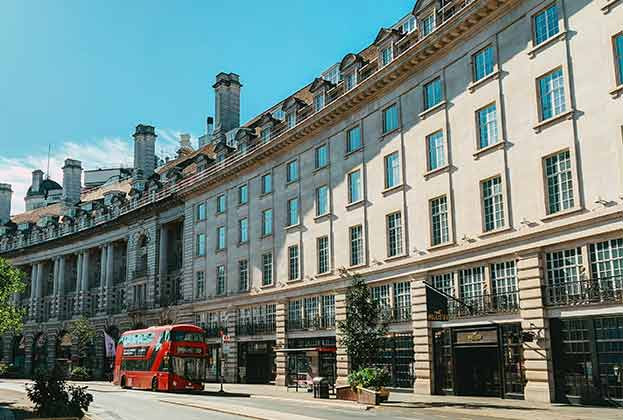Activity levels in Scotland’s commercial investment market throughout 2016 were dominated by Edinburgh’s offices, which accounted for approximately 70 per cent of total volumes. At the end of the first quarter of 2017, however, investment activity seems to be much more balanced across Edinburgh, Glasgow and Aberdeen.
In excess of £330 million was transacted in Scotland’s commercial real estate in the first quarter, with investment into offices accounting for nearly £125 million. Aberdeen witnessed the largest deal with LCN Capital Partner’s £41 million acquisition of Lloyds Register Building at Prime 4. Edinburgh and Glasgow’s transactional volumes were reasonably balanced. An Indian client of HSBC Private Bank acquired Exchange Place 2&3 in Edinburgh for £36 million, while in Glasgow Credit Suisse purchased Cuprum on Argyle Street for £25 million and Telereal Trillium paid £6.5 million for 7 West Nile Street.
At the time of writing, buildings totalling approximately £385 million are under offer, of which office assets account for approximately 41.5 per cent. Of this, 70 per cent of volumes are in Edinburgh, with 30 per cent in Glasgow. We expect a number of larger, high-profile office buildings in Glasgow to become available during the course of 2017, and therefore we anticipate this more balanced picture to continue to the end of the year.
The industrial market has been the most active by number of deals so far in 2017, with approximately £83.5 million traded across seven deals.
The quarter’s overall performance reflects a drop of around 46.7 per cent compared with Q1 2016. This is largely as a consequence of the uncertainty caused by the UK Government serving Article 50 to trigger Brexit negotiations and the Scottish Government serving a Section 30 letter in response requesting consent to another referendum on independence, which both occurred during the first three months of this year.
Between the vote to leave the EU on 23 June 2016 and the end of Q1 2017, sterling has fallen against the US dollar by 12.8 per cent. This is clearly welcome news for foreign investors who dominated activity levels in Scotland by as much as 70 per cent in Q1. We envisage that the Scottish market will continue to be led by overseas investors in the year ahead, who are attracted by the widening yield divergence to the rest of the UK pricing set against robust occupier markets, while benefitting from the currency play.
Further information
Read more: Spotlight: Aberdeen Offices
.jpg)

.jpg)



.jpg)
.jpg)
.jpg)

